By Tom Dare
INCREDIBLE FOOTAGE from the Second World War showing the evacuation of British troops from Dunkirk from the Germans point of view has resurfaced today, giving a rare insight into the huge scale of the operation which saw more than 300,000 men rescued from the beaches of northern France.
The chilling video, produced by the Nazi propaganda machine for a newsreel distributed to the German public, shows Luftwaffe pilots raining bullets and bombs down on British ships as they attempt to ferry troops back across the English Channel, while further clips show some of those same ships engulfed in flames as they sink beneath the surface of the water.
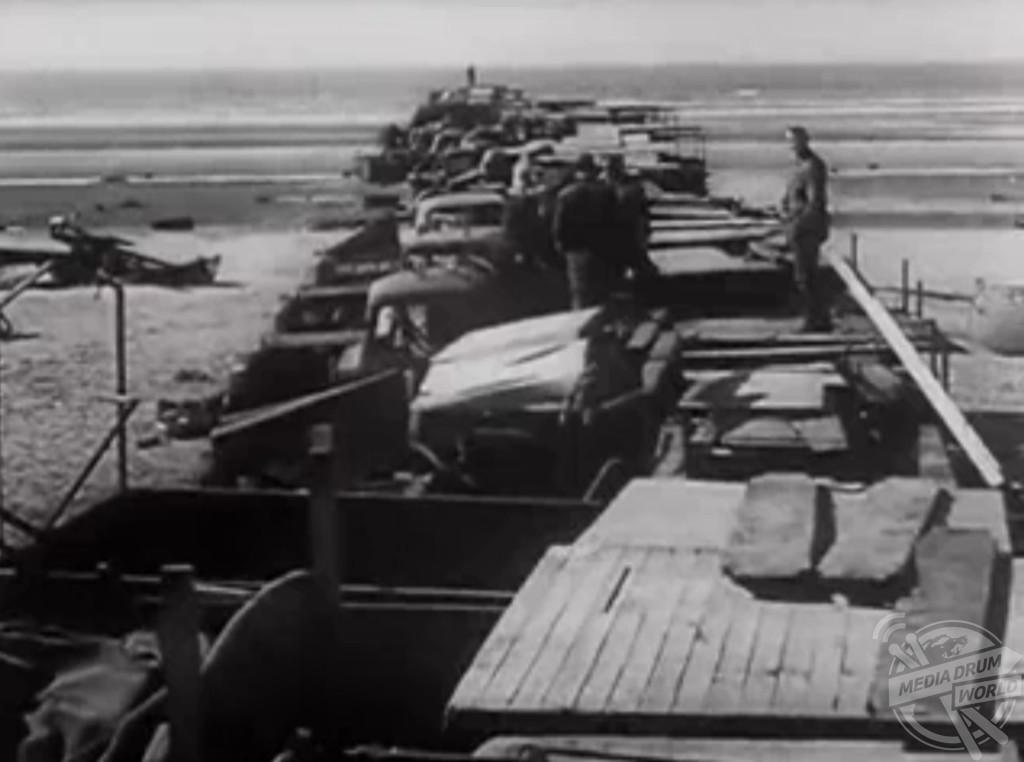
The footage also shows pillars of smoke billowing from the oil refineries in and around the town of Dunkirk following a Luftwaffe assault on the trapped British soldiers, while another clip reveals the charred remains of a British destroyer on the beach, with a huge hole blown through the centre of its hull.
Made famous worldwide by director Christopher Nolan’s award-winning film of the same name, the events at Dunkirk between May 26 and June 4 1940 have become part of British folklore in the years since the incredible events unfolded.
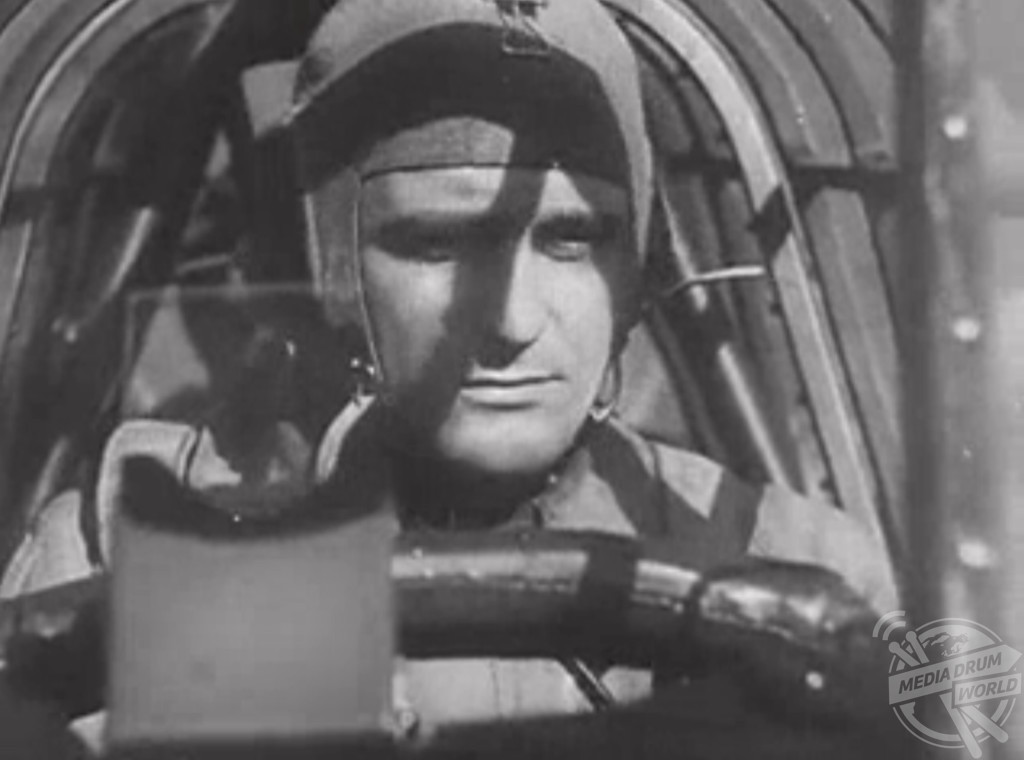
After Germany invaded Poland in September 1939, Britain sent significant numbers of men to the continent, with commanders expecting a long drawn out conflict similar to the trench warfare of the First World War. But Germany had other plans, and on May 10 1940, after months of stand-offs between the two forces, Germany invaded Belgium, taking the allies by surprise and quickly capturing key strategic positions which allowed German forces to pour into Belgium.
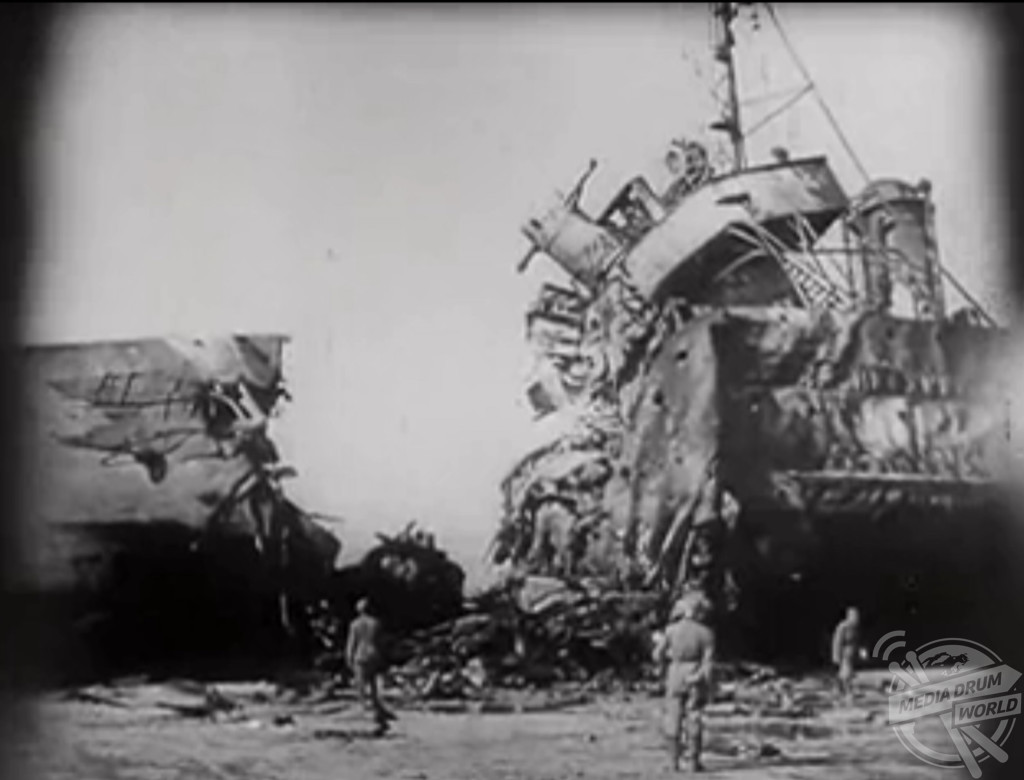
No one, not least Britain, expected this move from the Germans, and the allies were immediately forced onto the back foot. Then, almost as soon as the Allies were in place, the second phase of the German plan began as another invasion tore through the Ardennes, a region dismissed by the Allies as unsuitable for tanks and armoured vehicles. Thinking the forest was too thick and dense for any meaningful advance, the allies had left this part of their line woefully under-defended, something the Germans took full advantage of.
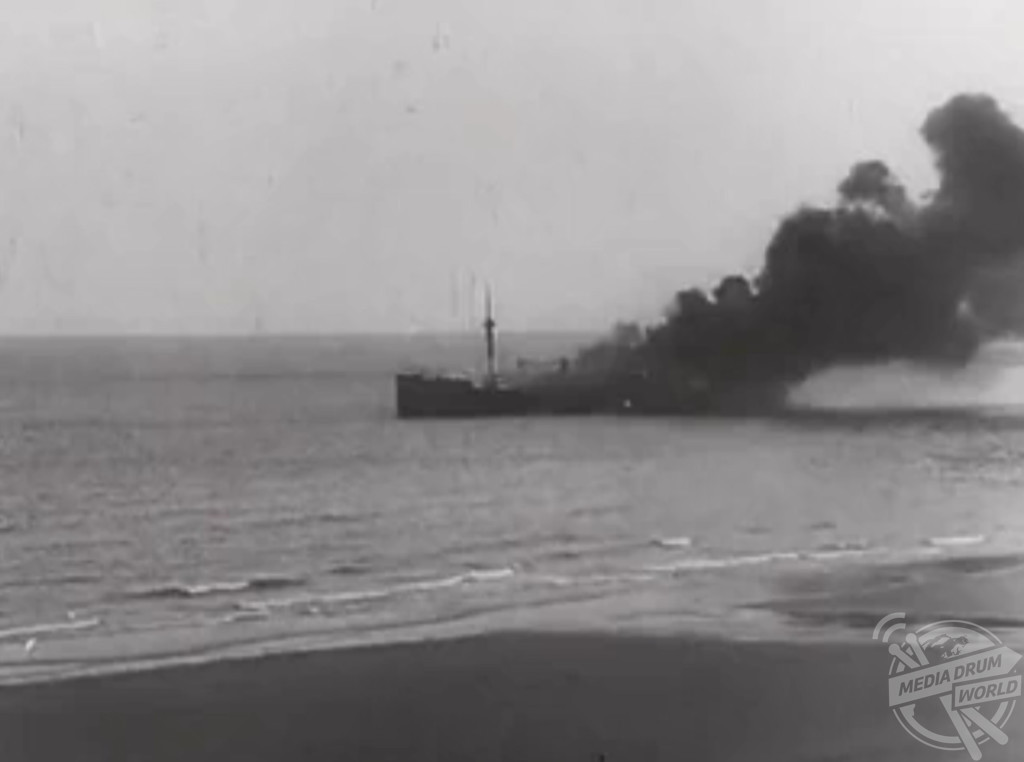
In just 11 days, Germany had smashed through the allied lines and surrounded the British Expeditionary Forces, forcing a humiliating retreat to the one remaining available port; Dunkirk. All in all, there were approximately 400,000 men on the beaches of Dunkirk, and should the Germans have continued their advance the vast majority of these would have been wiped out.
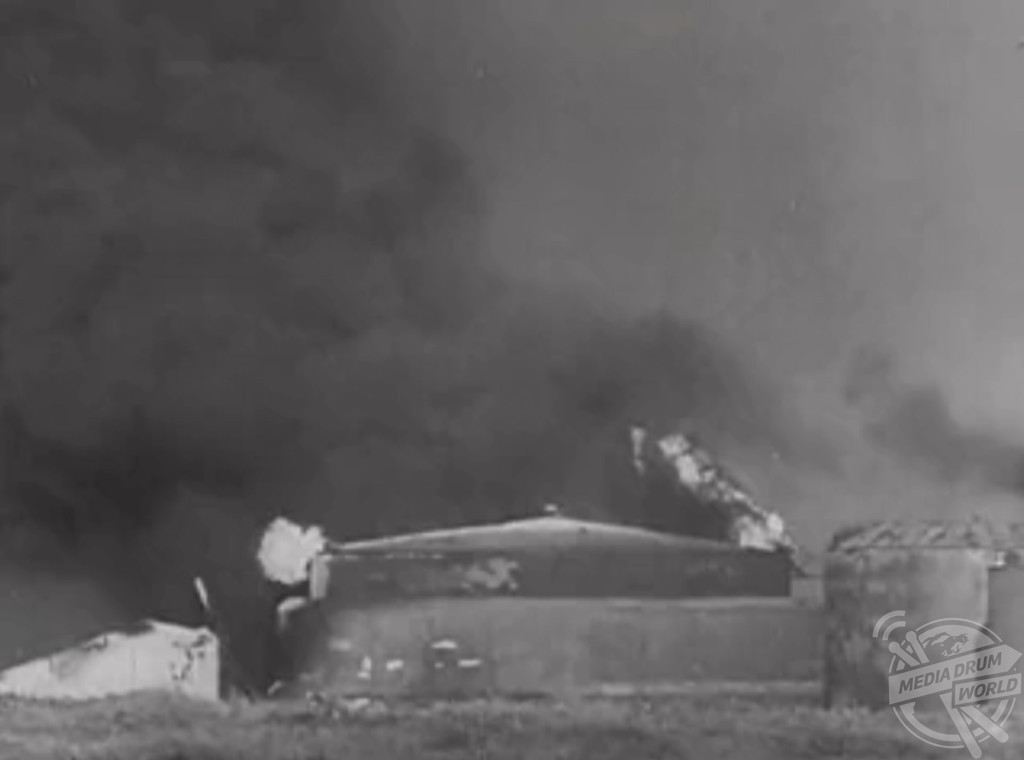
However, the Germans halted their advance on May 24, giving the allies time to regroup and make plans for the evacuation of the port. This began on May 27, with a series of both Royal Navy and civilian ships ferrying soldiers back across the English Channel to Britain. On the first day of the evacuation, under heavy attack from both the air and sea, approximately 7,669 men were ferried to safety. These numbers increased on a daily basis, peaking at a remarkable 68,000 men on May 31.
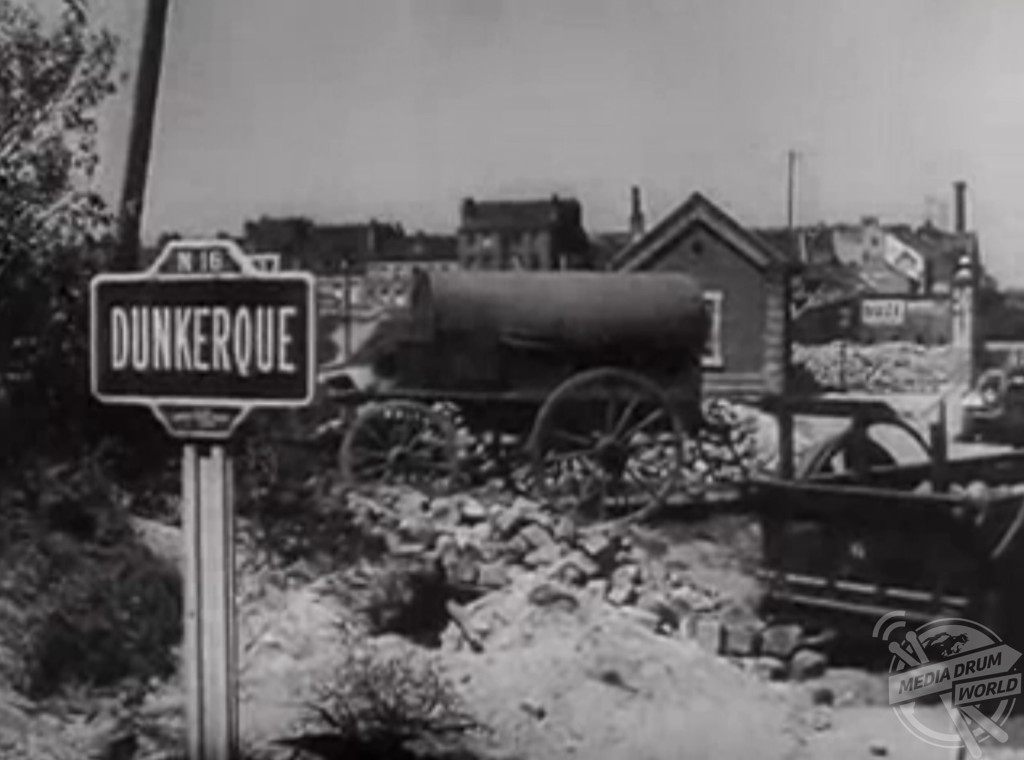
By the last day of the evacuation over 300,000 had been evacuated, while 40,000 were either captured or killed. The evacuation was hailed by then-Prime Minister Winston Churchill as a “miracle of deliverance,” in parliament, and prompted his famous “we will fight them on the beaches,” speech shortly after.






